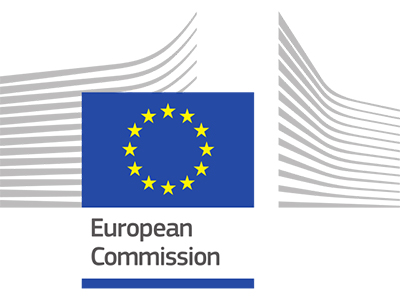Descrição
The project MUST will provide new technologies based on active multi-level protective systems for future vehicle materials. “Smart” release nanocontainers will be developed and incorporated in commercial paints, lacquers and adhesive systems to prepare new products exhibiting self-healing properties. A multi-level self-healing approach will combine - in a same system - several damage prevention and reparation mechanisms, which will be activated in response to environmental conditions. The main objective of the project will cover design, development, testing and application of coated materials and adhesives used as novel multi-level protection systems for future vehicles. The new active protection systems will be based on different types of “smart” nanocontainers incorporated in polymer matrixes and adapted to the level of protection. These systems will result in a radical improvement of the long-term performance of metallic or polymer substrates. To achieve the objectives, MUST has been configured in four main activities (WP): WP2 is divided in 6 sub-projects (SP) where SP1 is technology-oriented, and concerns the production of nanocontainers.SP2 and SP3 are directed to basic research, and consider fundamental studies on self-healing mechanisms and development of simulation models. SP4, 5 and 6 consider exploitation, costs and upscaling of the most promising systems in automotive, aerospace and maritime sectors, respectively. The demonstration of the technologies will be performed together with continuous risk management in WP3. WP4 also will manage dissemination of the results and training activities and WP1 will consider the whole coordination of the project. MUST will increase considerably the life cycle of materials and therefore boost the competitive strength of the European transport industry. The multi-level protection approach will also open opportunities for the application of new light materials (magnesium and aluminium alloys) in vehicle manufacturing.
Coordenador
Coordenação
Airbus Defence and Space GmbH
Participantes
UNIVERSIDADE DE AVEIRO; Portugal; STIFTELSEN SINTEF; Norway; MAX PLANCK GESELLSCHAFT ZUR FOERDERUNG DER WISSENSCHAFTEN E.V.; Germany; UNIVERSITAET PADERBORN; Germany; MANKIEWICZ GEBR. & CO. GMBH & CO KG; Germany; BAYER TECHNOLOGY SERVICES GMBH; Germany; "NATIONAL CENTER FOR SCIENTIFIC RESEARCH ""DEMOKRITOS"""; Greece; SIKA TECHNOLOGY AG; Switzerland; INSTYTUT KATALIZY I FIZYKOCHEMII POWIERZCHNI IM. JERZEGO HABERA POLSKA AKADEMIA NAUK; Poland; Steinbeis Advanced Risk Technologies GmbH; Germany; INSTITUTO SUPERIOR TECNICO; Portugal; CENTRO RICERCHE FIAT SCPA; Italy; RE-TURN AS; Norway; VARNISH SRL; Italy; DAIMLER AG; Germany; CHEMETALL GMBH; Germany; HELSINGIN YLIOPISTO; Finland; European Virtual Institute on Knowledge-based Multifunctional Materials AISBL; Belgium;
Resultados
Silica nanocontainers for active corrosion protection
Maia, F; Tedim, J; Lisenkov, AD; Salak, AN; Zheludkevich, ML; Ferreira, MGSEvaluation of self-healing ability in protective coatings modified with combinations of layered double hydroxides and cerium molibdate nanocontainers filled with corrosion inhibitors
Montemor, MF; Snihirova, DV; Taryba, MG; Lamaka, SV; Kartsonakis, IA; Balaskas, AC; Kordas, G; Tedim, J; Kuznetsova, A; Zheludkevich, ML; Ferreira, MGSThe combined use of scanning vibrating electrode technique and micro-potentiometry to assess the self-repair processes in defects on "smart" coatings applied to galvanized steel
Taryba, M; Lamaka, SV; Snihirova, D; Ferreira, MGS; Montemor, MF; Wijting, WK; Toews, S; Grundmeier, GFinanciadores








